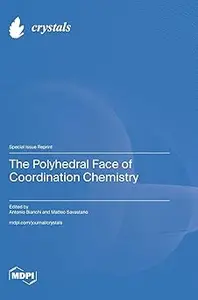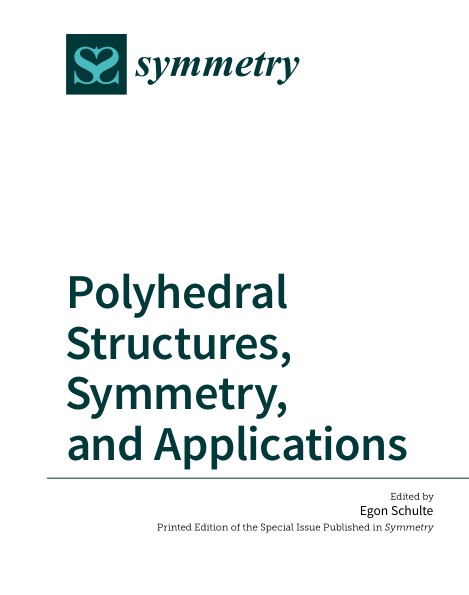
Free Download Antonio Bianchi Bianchi, "The Polyhedral Face of Coordination Chemistry"
English | ISBN: 3725812756 | 2024 | 142 pages | PDF | 14 MB
This Special Issue intends to celebrate the multifaceted aspects of coordination chemistry by showcasing original work that demonstrates the liveliness and colourful nature of different branches of this discipline. The development of coordination chemistry as we know it owes much to crystallography, with solid-state structural evidence playing a fundamental role in the definition and understanding of coordination compounds. Still, the very concept of coordination chemistry has expanded beyond the classical metal-ligand complexes: today, it encompasses supramolecular and bioinorganic compounds, metal-organic frameworks, and even organometallic species. The common thread to this apparently diverse range of topics lies in the "unique structural relationship", as addressed by Donald Cram, that keeps a complex together, applying to both traditional coordination compounds as well as to host-guest systems. Solid state remains the chief technique for elucidating the interplay of interactions involved in a complex species and the precise spatial relationships among its constituents. Yet, the application of such knowledge and, thus, of broadly interpreted coordination chemistry, easily extends to catalysis, recognition and sensing in solution, metals in medicine, crystal engineering, material and reticular chemistry, and much more.
